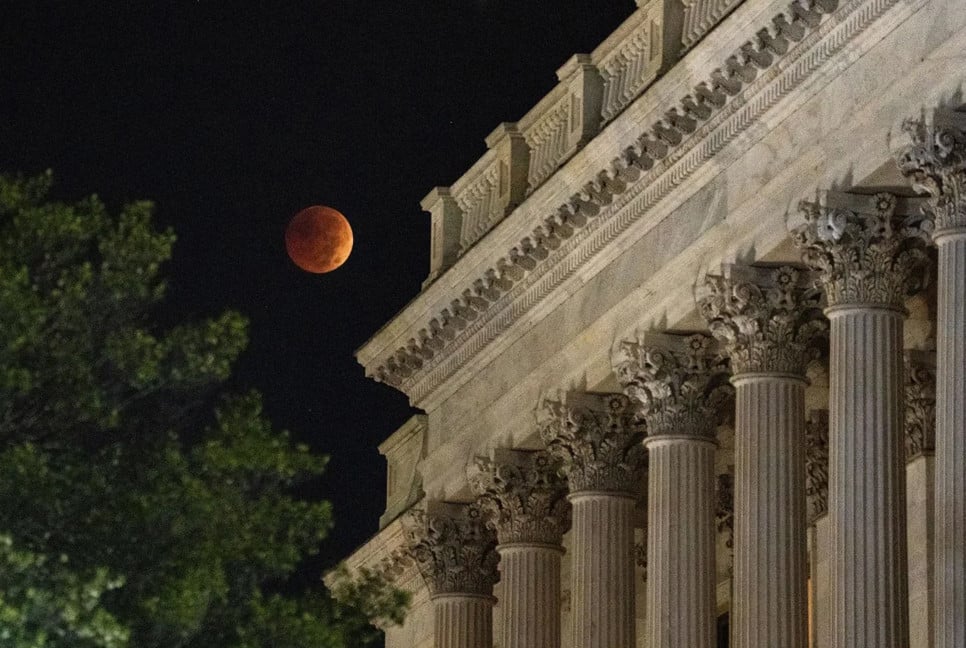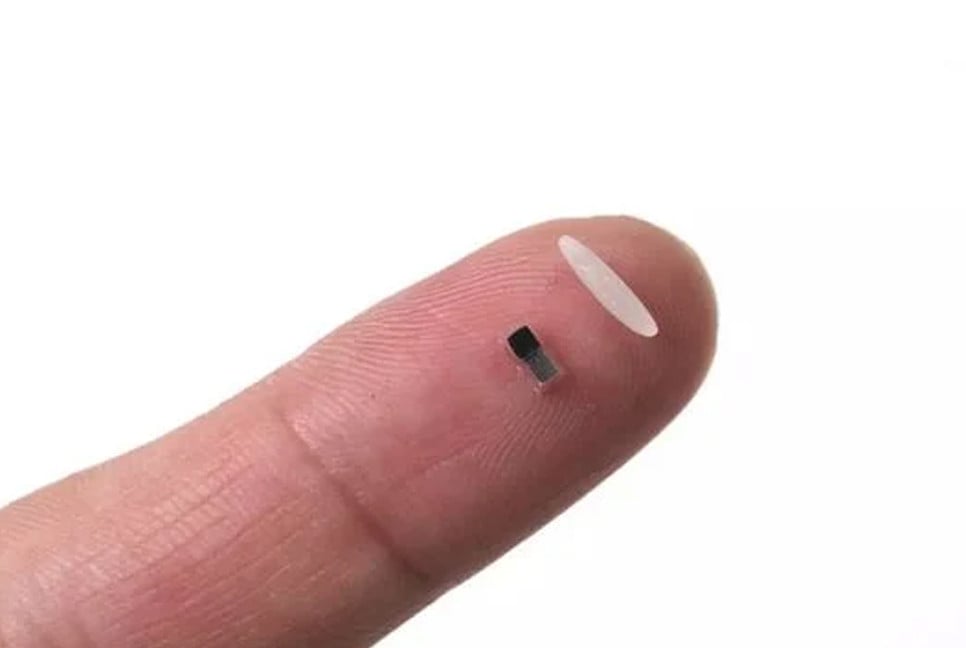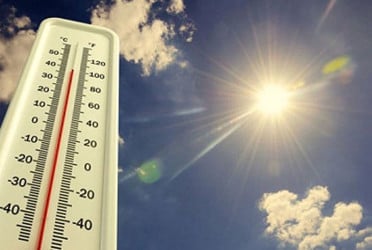The New Year offers numerous celestial events to enjoy, including full moons, solar and lunar eclipses, and annual meteor showers. The sun is at its peak activity during its 11-year solar cycle, bringing the possibility of colorful auroras. Planets will also be visible throughout the year, and you might catch a glimpse of the International Space Station.
Here are some exciting celestial sightings to look forward to in 2025.
Full moons and supermoons
Each month’s full moon is associated with a specific name, according to the Farmers’ Almanac. But the full moons have a variety of names and meanings according to different indigenous tribes.
January 13: Wolf moon
February 12: Snow moon
March 14: Worm moon
April 12: Pink moon
May 12: Flower moon
June 11: Strawberry moon
July 10: Buck moon
August 9: Sturgeon moon
September 7: Corn moon
October 6: Harvest moon
November 5: Beaver moon
December 4: Cold moon
Solar and lunar eclipses
In 2025, there will be two partial solar eclipses. A partial solar eclipse occurs when the moon moves between the sun and Earth, but none of the celestial bodies is perfectly aligned, according to NASA. Unlike during a total solar eclipse, the moon only blocks part of the sun’s face, creating a crescent shape in which it appears the moon is taking a “bite” out of the sun.
The first partial solar eclipse will happen on March 29, and it will be visible across parts of Europe, Asia, Africa, and North and South America.
The second partial solar eclipse will fall on September 21 and be visible over parts of Australia and Antarctica as well as some islands in the Pacific Ocean.
There will also be two total lunar eclipses that occur during the March and September full moon events. A lunar eclipse, which causes the moon to look dark or dimmed, occurs when Earth is between the sun and moon and the three celestial objects line up in a row so that the moon passes into our planet’s shadow.
When the moon is within the darkest part of Earth’s shadow, called the umbra, it takes on a reddish hue, which has led to the nickname “blood moon” for a lunar eclipse, according to NASA. That shadow isn’t perfect, so faint sunbeams sneak around the shadow’s edges on all sides in the colors of a sunset, bathing the moon in brilliant, warm hues.
The first total lunar eclipse will be visible between March 13-14 and cross over Western Europe, parts of Asia, parts of Australia, western Africa, North and South America, and Antarctica. The second total lunar eclipse will occur on September 7-8 and be visible from Europe, Asia, Australia, Africa, parts of eastern South America, Alaska and Antarctica.
Check Time and Date’s website to see when each of these eclipses will appear and the specific locations that will be able to view them.
Meteor showers
There will be ample chances throughout the year to see meteor showers unspoiled by the glare of the full moon.
“2025 will be a better year for meteor observers,” said Bill Cooke, the lead for NASA’s Meteoroid Environments Office.
The new year will kick off with the peak of the Quadrantid meteor shower, best seen in the early morning hours of January 3, according to Robert Lunsford, fireball report coordinator for the American Meteor Society.
Here are the other meteor showers to anticipate in 2025 and their peak dates, according to the American Meteor Society and EarthSky.
Lyrids: April 21-22
Eta Aquariids: May 3-4
Southern Delta Aquariids: July 29-30
Alpha Capricornids: July 29-30
Perseids: August 12-13
Draconids: October 8-9
Orionids: October 22-23
Southern Taurids: November 3-4
Northern Taurids: November 8-9
Leonids: November 16-17
Geminids: December 12-13
Ursids: December 21-22
Source:CNN
Bd-pratidin English/ Afia

































































